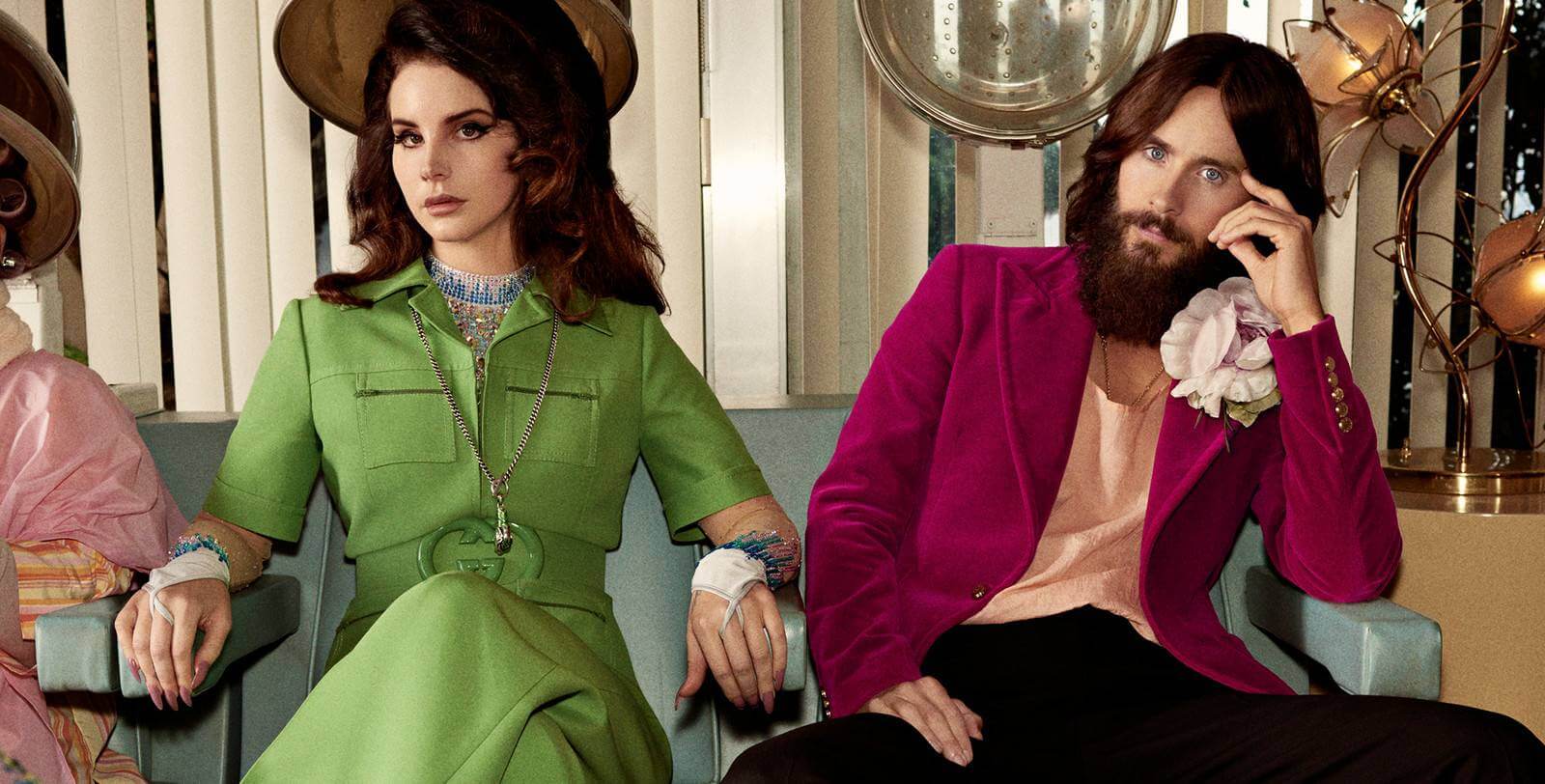Our Thoughts
The Future Of ……… Makeup: Sweet Cosmetics On A Diet
If you’re not going to eat it, put it on your face. That’s the message from cosmetic companies in the UK, where something very sweet is going on in the beauty aisles. From L’Oreal’s chocolate-flavoured lipsticks to Too Faced’s Triple Fudge and Champagne Truffle eyeshadow shades, make-up is increasingly packaged and sold to women as a sweet, indulgent and ultimately transgressive treat.

The trend is pervasive. Upmarket Shu Uemera is playing along with La Maison du Chocolat, a collection that borrows luxury food cues like French language, dark colour tones and a cakebox-ribbon finish to market lipsticks with names like Hazelnut Ganache. At the other end of the market, Superdrug and Primark stock eyeshadow palettes that look like delightfully gloopy, half-melted chocolate bars.
Brands like NYX inviting consumers to join their “sugar trip” are working in direct opposition to the food and beverage category, where mindful restraint moves ever closer to the mainstream and openly indulging in calorie-laden, sugar-sprinkled treats is increasingly shameful.

But unlike F&B brands, which are working to trim fat and cut sugar in response to consumer concerns around health and wellness, make-up companies currently have much to gain from their calorie-laden, sugar-spun propositions.
First, sweet foods generally connote pleasure, enjoyment and, crucially for cosmetics brands, richness, suggesting a quality, long-lasting product (Max Factor was onto this years ago with its 2000 Calorie mascara – suggesting make-up robust enough to last all day).
Second, bon-bons, candy canes and chocolate boxes code nostalgia and childhood innocence, tapping into a wider cultural trend of young adults retreating into the lost days of infancy (see dominant fantasy and escape codes of glitter, unicorns and endless Disney collabs). US make-up brand I Dew Care sells kitten headbands alongside face masks inspired by soft-serve ice cream, while Beauty Bakerie offers millennial kidults “Cake Pop” lipsticks in pastel packaging decorated with lollipops.

Third, fashion, and by extension beauty, has always drawn energy from transgression, and the embracing of habits that have become culturally taboo is an expression of rebellion – see Moschino’s haute couture take on smoking, or watch Jared Leto and Lana Del Rey trip through a supermarket snacking on junk food in the new Gucci Guilty ad.

The decadent celebration of all that sugars may, however, be reaching its calorie limit. While sweet indulgence is a dominant narrative amongst mainstream make-up brands, a more cerebral, restrained and even medicinal approach is emerging at the leading edge of the category, more in line with the shifts we see in food and drink.
Brands like Fenty Beauty, Glossier and Ambar use plain, sparse packaging to code functional simplicity, while skincare company The Ordinary references medicines with white, prescription-style labels and brown glass. Kopari, a coconut-based beauty brand, juxtaposes its products with fresh fruit rather than rainbow layer cakes, while Pat McGrath promises an intellectual, even transcendental experience, with product names like BlitzTrance and packaging featuring cosmic references and painted images.
This shift suggests candy-inspired cosmetics will soon feel the crunch, and we can expect frivolous indulgence to cede some saccharine ground to a new brand of wholesome gratification in the beauty space: lean, clean and most definitely sugar-free.
